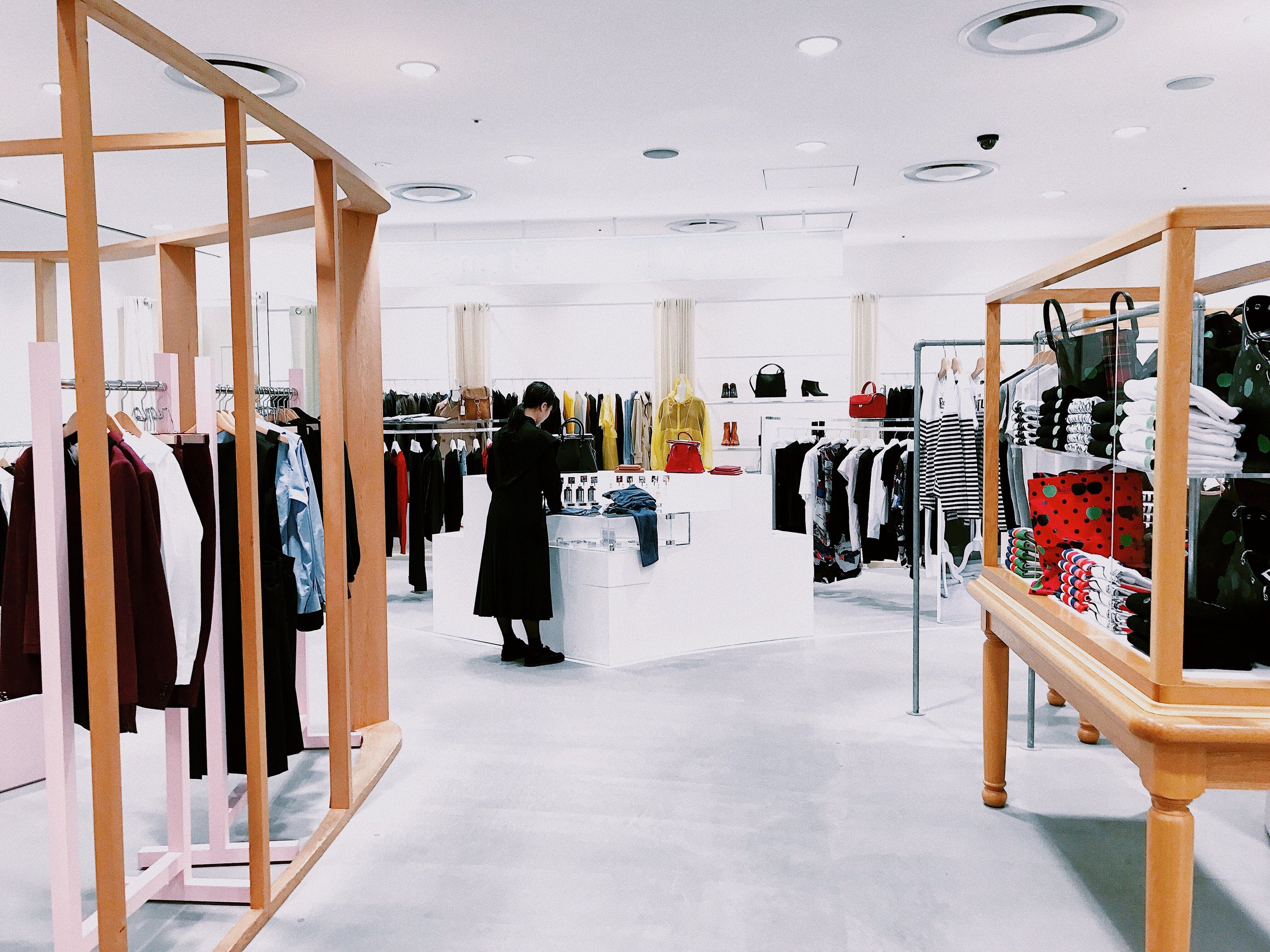 Feeling a bit uninspired? Shop feeling flat? Stock levels low or nothing new coming in? Give your shop a quick refresh and revitalise you, your team and your customer with these 5 Visual Merchandising techniques;
Feeling a bit uninspired? Shop feeling flat? Stock levels low or nothing new coming in? Give your shop a quick refresh and revitalise you, your team and your customer with these 5 Visual Merchandising techniques;
1. Change The Fixture, Mannequin And Prop Placement
You can refresh your shop by simply moving the placement of more permanent props, tables, fixtures and mannequins. If you have a table, try moving it to another spot in the shop. Always have your mannequins grouped in the window? Try moving them to the middle of your shop and replace with a garment rail in the window. What about the props that are up on that shelf and have been sitting there for over a year? Pull them down, relocate them.By simply moving these more permanent things around, you can refresh your shop for your customers, your team and yourself!TIPS- Keep a 1.2m clearance between fixtures so that customers can move through the shop with ease
- Alternate the fixture heights, size and type of fixture through the shop.
- Create flow to encourage shopping the entire shop. As you are setting up the fixtures, constantly walk through them from the front of the shop. Test to see how the flow feels, it should be easy and it should guide you into and around the shop.
- Review and watch customers as they move through the new shop layout, or stop to look at something. Notice what is working and what is not. You can always change what is not working
2. Locate Your Visual Hot Spots And Use Them
So often props, signage or great product are placed in a location that isn’t optimal. By that, I mean it’s just not a place the eye visits with ease. To locate your shop visual hot spots, start by standing out the front of your shop. Close your eyes for 10 seconds, open them. Where do your eyes go to? Continue to do this as you enter your shop, walk through it and leave. Make note of these spots. These are your most visual spots. This is where you should place signage, new products, best selling products and props.TIPS- Find your stores visual hot spots
- Place new or best selling products, props or signage here.
3. Add A Statement Prop To The Window/Front Entry
You can bring life to your front window/ entry using statement props. When you use props, you need to think about what your customer will be shopping for? What are they going to, what will they need? What products do you have coming in and what style/ colours are the products in?If you can anticipate this, you will be able to support the product with ease.Some props to consider are:- A contrast backdrop. Something that will compliment the product you have, but will also make it stand out. You can use colour or texture for this. For example, if you have a summer range of white, you may like to use a white backdrop, so that the entire window is white or you could contrast it with a fluro colour backdrop. What would suit the product you sell & the customer you sell to?
- Large prop. You could use one, simple large prop to support your window, or many small props to create one large group.
- Eye catching prop. What’s going to be in your window? What could contrast against this? Movement, lights, contrast colour, random items all make great contrasting props.
- A big sign. What’s the message you want to convey? It could brand, it could be a seasonal quote. Something quick, quirky or funny that will connect with your customer. Perhaps you had a popular quote or meme on your instagram feed that could be used in your window?
4. Use Your Best Sellers And Sale Trends To Make Decisions
This is a pretty crucial VM technique to use whenever you make decisions & changes in your shop. Numbers don’t lie. You can use the numbers to review what’s going on, what’s popular, what you were selling last year at this same time etc. The numbers can also help you to predict what customers will want at a certain time of year.TIPS- Review your top 10 selling items by profit each week. Make sure these items are fully replenished, fully stocked and visible for the customer.
- Review last year's top selling items. What were you selling this time last year? Where are those items now?
- Look at current trends, relevant to your customer to identify what customer may be looking for. Keep up to date with the media that your customer is influenced by. Be it magazines, instagram, celebrities, movies, music, local influences, weather.
- Use the info from your findings to make decisions and changes
5. Create The Right Vibe In Your Shop And Make A Connection With Your Customer
Want to know how to beat the online shops? Create a vibe in your shop that will keep your customers coming back & get them talking about you. Today, more than ever, people are craving human connection. This is where physical shops can really win. There are some really simple actions you can put in place in your shop to help create this connection.- Right style at the right time for your customer. Not sure what your customer listens to? Ask them and start creating a list for your shop. Notice a customer singing along to a song? Make a note, because that’s a winner!
- Does your shop have a smell? It should. Smells connect us to our senses & create good memories. Consider having a specific smell for your shop.
- Welcoming service and connection. Customer walks into your shop? Stop what you’re doing, engage. This is the human connection we all crave. Strike up a conversation. Ask about their day. Treat every customer as your friend. You don’t need to try to sell to them.
- Make them feel part of your tribe. What can you do in your shop, to make your customers feel like they belong and are aligned with the same beliefs as you?
Bonus Tips!
- Whatever you do, stay true to your brand. You might come across a great idea on Pinterest or Instagram, don’t straight out copy this. Take the idea and apply your brand, your customer, your belief to the idea so that it becomes your own.
- Pay attention to your customer. Ask questions. Listen. Watch how they shop. Treat them as your friend. If you pay attention, you will find that your customer has all the answers.
- Use your team to help transform your shop. There’s no need for you to go this all on your own. Visual Merchandising is a great team building exercise. Get people involved, share ideas and ask for opinions.
- Try new things. Test. Sure it might feel odd, different or not right. But if you don't try, you'll never know or worse, never change. Test. Watch how customers interact, move around the changes. If something doesn’t work, you can always move it back. If it does, then you’re evolving and this is great.
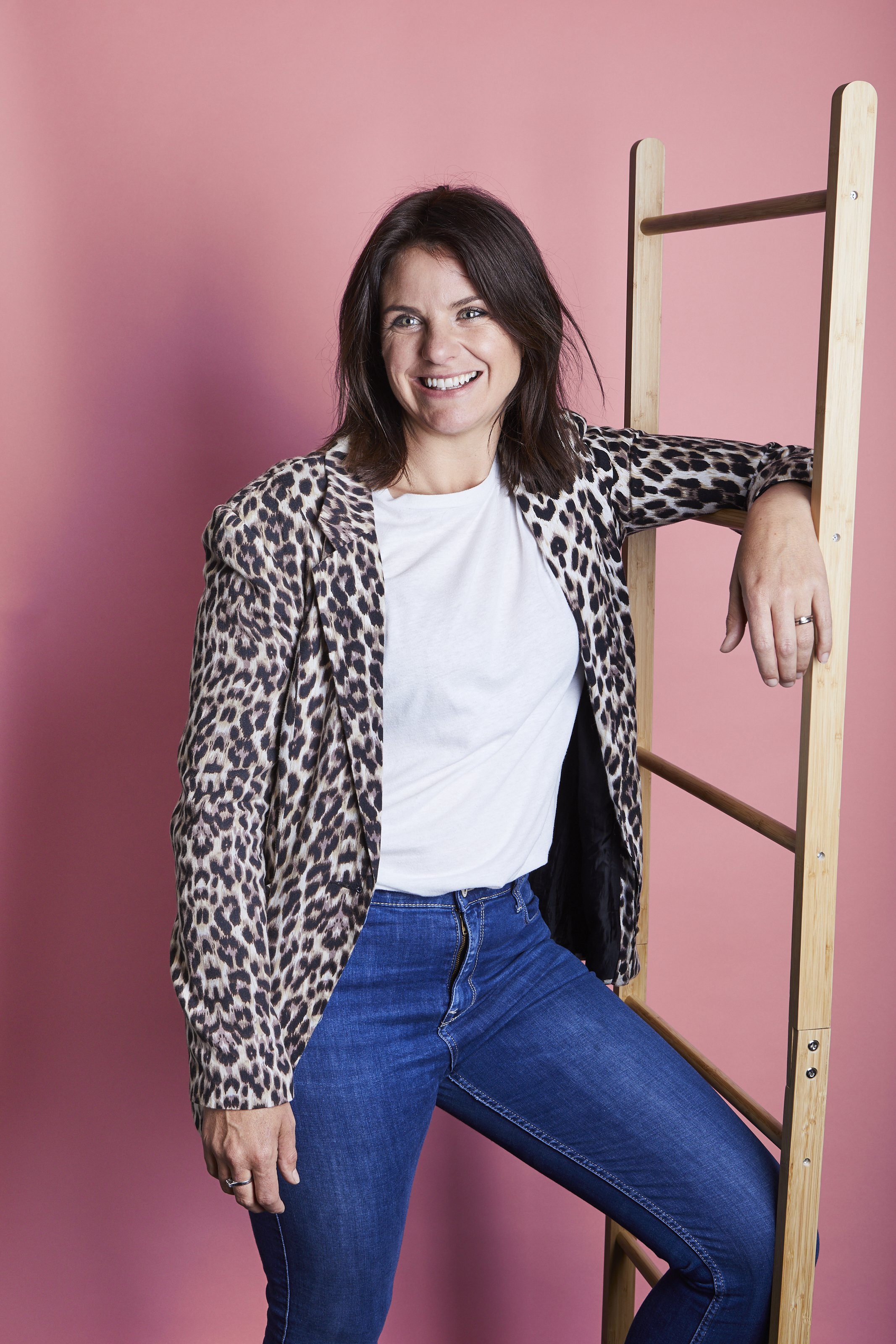 By Sarah Quinn- Co-Founder of TalkShop Bespoke Retail Consulting
By Sarah Quinn- Co-Founder of TalkShop Bespoke Retail Consulting Fashion Exposed Now
Hear more tips from Sarah Quinn at her Free Round Table Session, 'Stand out from the crowd with visual merchandising ideas' at Fashion Exposed Now, Australia’s only dedicated womenswear buying event. Registration is free and includes access local and international labels, seminars and round table sessions to help build your business. Fashion Exposed NowFree, trade-only eventSunday 2 – Monday 3 February 2020Royal Exhibition Building, Melbournefashionexposed.com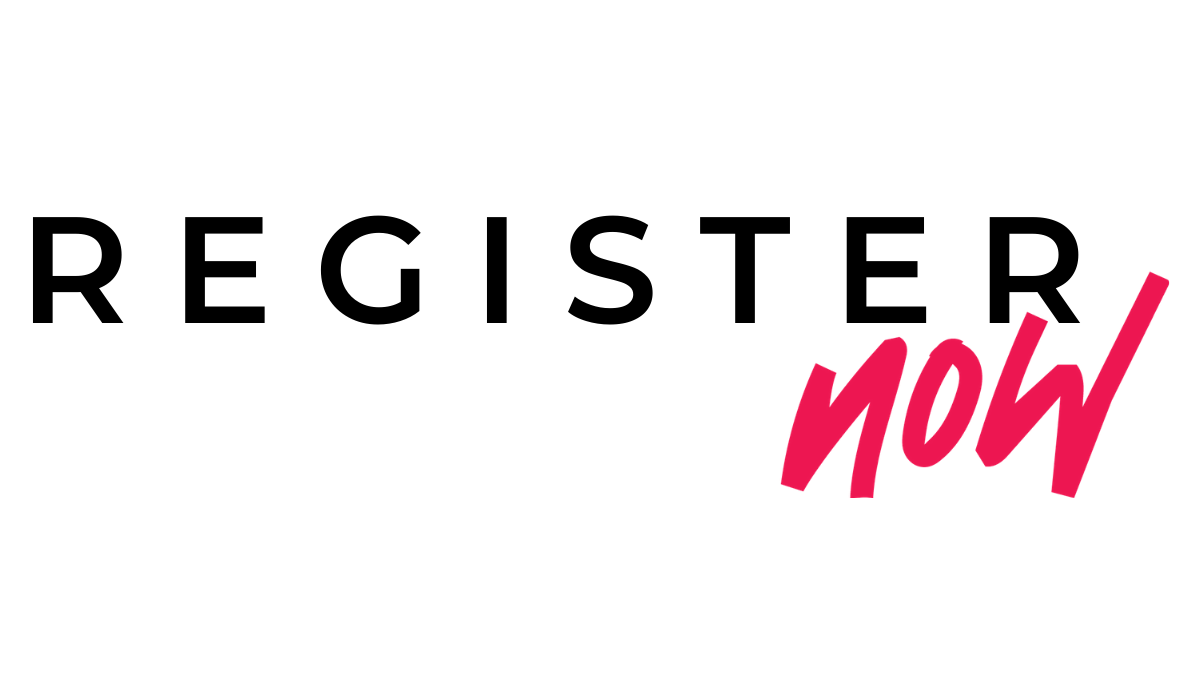

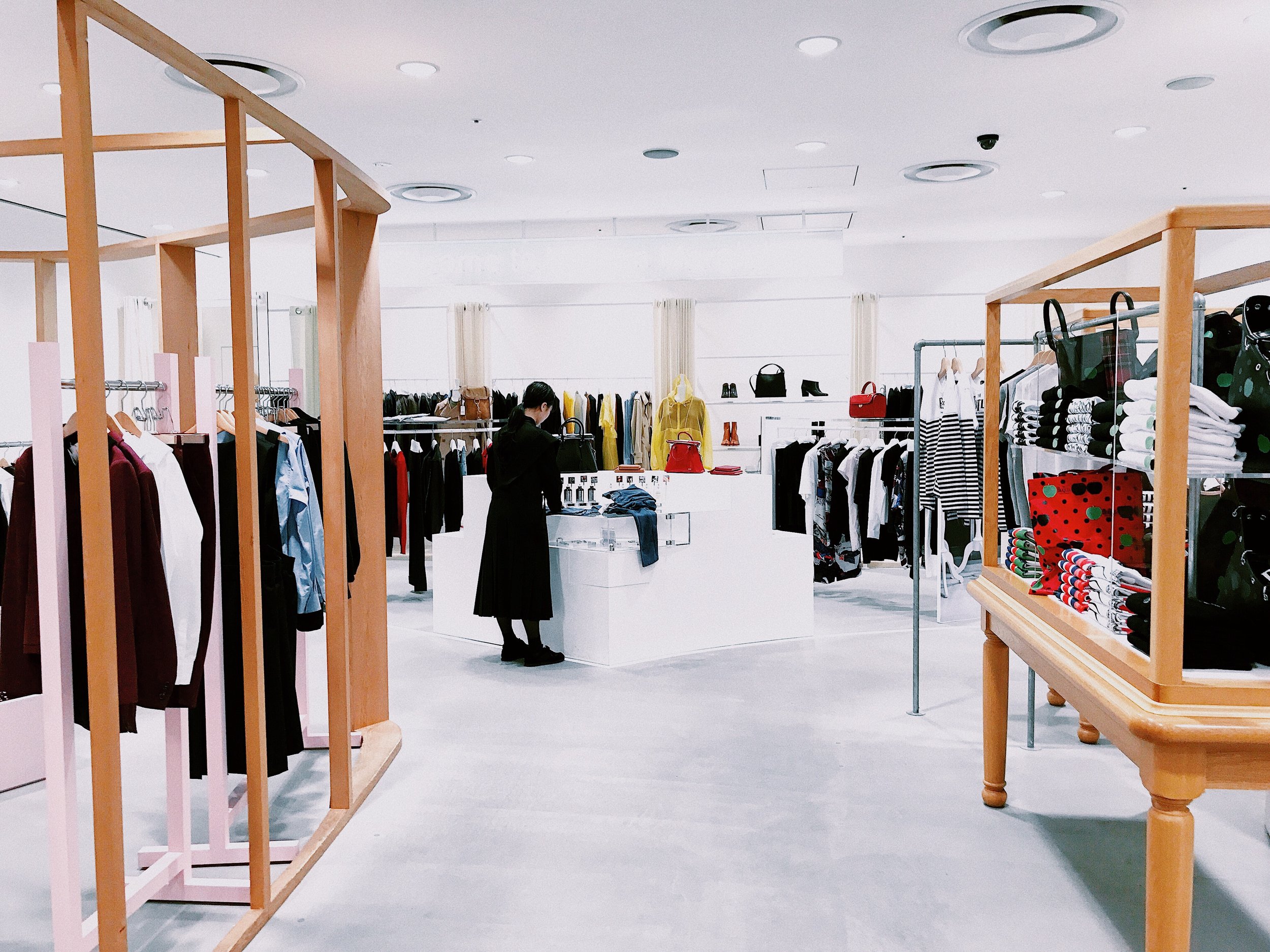





 Natalie Coulter is the founder of
Natalie Coulter is the founder of 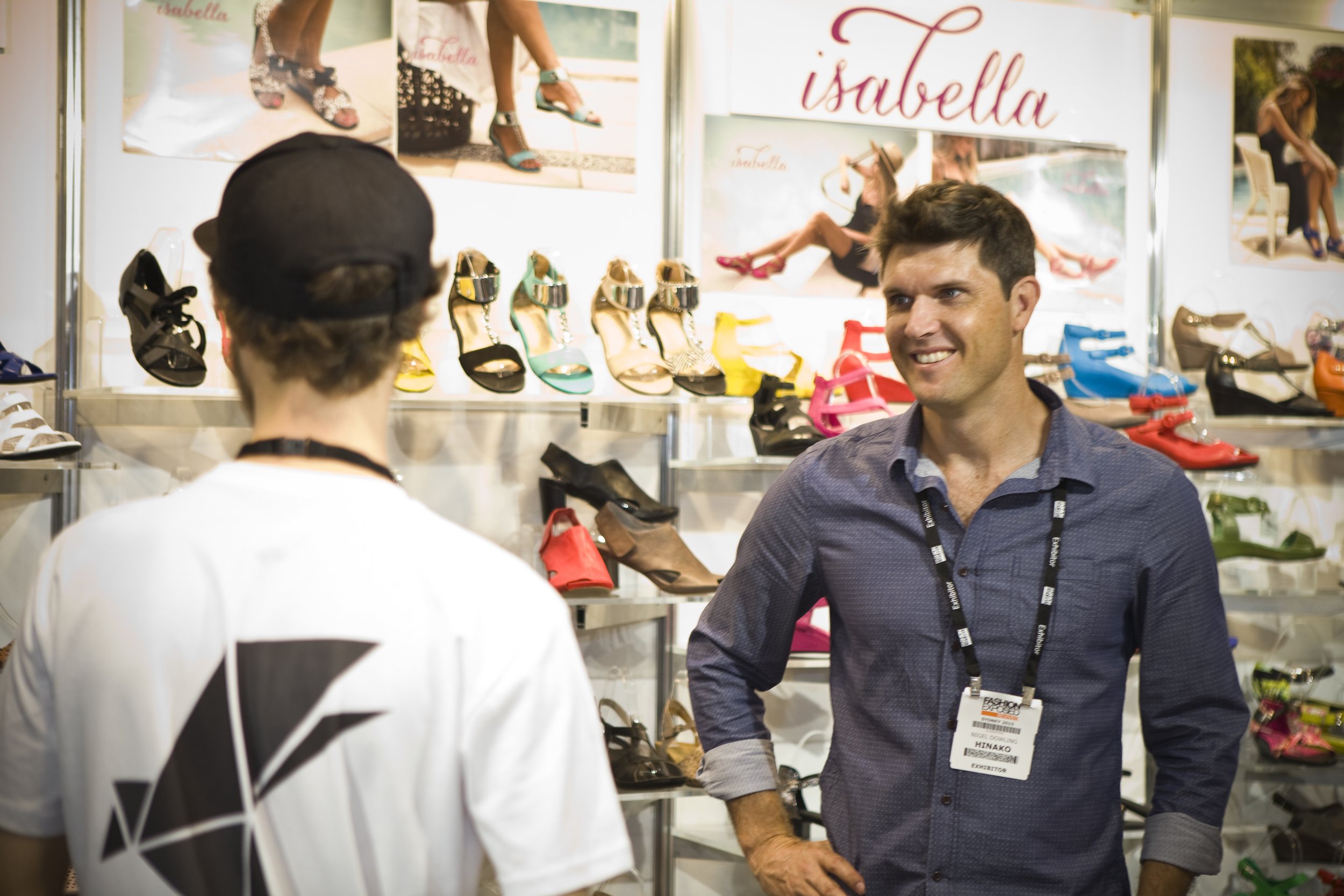
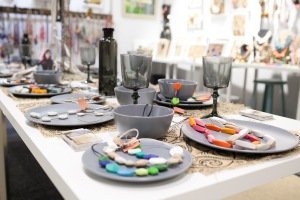 1. Be a visual stand outUse themes suitable to your product. Do you want to be bright, fun, elegant or casual? What style defines your label and how are you going to visually bring it to life? Think flowers, fruits, furniture, toys, snacks, mannequins, balloons, posters, models and dress according to your theme. This doesn’t have to be a costly exercise, you can plan ahead and put your creative mind to play. Have fun!Sydney FASHION EXPOSED REVIVED had some wonderful creative examples. In a competitive jewellery environment, Zatini displayed their accessories in a dining table setting feature, in which the jewellery was displayed as though it was food, it stood out and made people stop.
1. Be a visual stand outUse themes suitable to your product. Do you want to be bright, fun, elegant or casual? What style defines your label and how are you going to visually bring it to life? Think flowers, fruits, furniture, toys, snacks, mannequins, balloons, posters, models and dress according to your theme. This doesn’t have to be a costly exercise, you can plan ahead and put your creative mind to play. Have fun!Sydney FASHION EXPOSED REVIVED had some wonderful creative examples. In a competitive jewellery environment, Zatini displayed their accessories in a dining table setting feature, in which the jewellery was displayed as though it was food, it stood out and made people stop.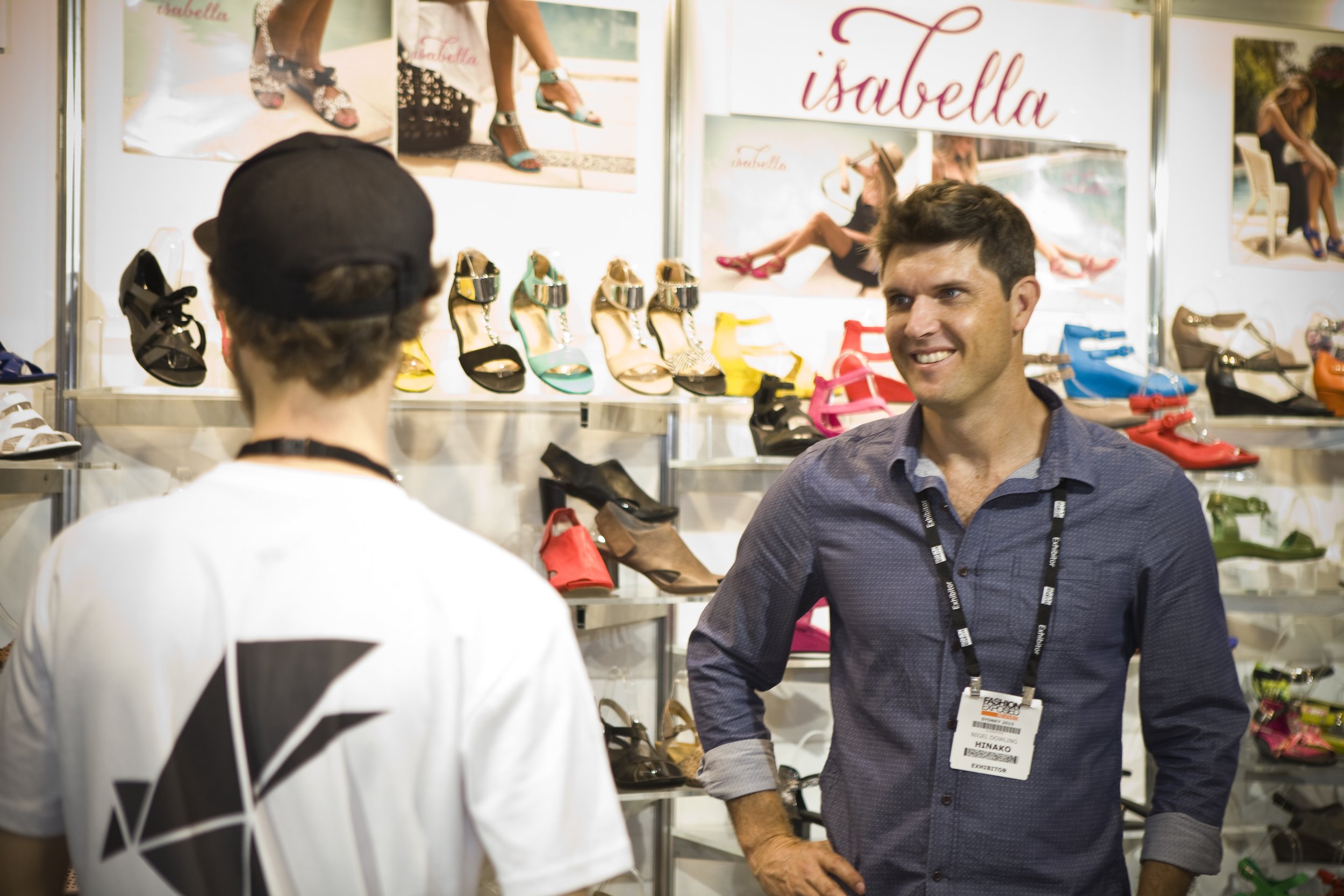
 4. You are the expertWhile you have customers in your territory, talk to them in depth about your products. Have a document with information on what sets you apart for them to take away. Is it the variety of styles or colours, the design, the materials or fabric you use or the value for money you offer, why should they be buying from you versus your competition?If you are a wholesaler why not give out USBs with information necessary to place an order after the show and include information on your products that will help retailers sell it to customers. If you are a retailer, know the products you supply well and pass this information on to consumers. Send them away with all the knowledge in the industry that you trade in.5. Market yourself before, during and afterYou are investing in a trade show or a retail space, promote yourself starting as soon as possible. If the organiser of a trade show is excited, get your buyers excited. If you are a retailer and there is an event that will bring an influx of customers – share the optimism and the news with your customers in advance. Create a Communications Plan that includes direct mail, email marketing, social media and utilise existing platforms you have available.Make appointments; the most successful exhibitors don’t rely on the organiser alone and the event in itself, they communicate with their database in advance, book appointments and tell buyers reasons they should visit. If you are a retailer, make use of quiet time to market yourself. Is it a product launch, access to stock before others, limited edition or limited quantity garments? Treat your VIPs to VIP treatment, but they key is to communicate, monitor social media and connect with them regularly to make your brand or store visible and top of mind.Communicate post-sale, handle any objections or feedback and bring new strategies to life. Build your social media network with new contacts, make the best use of the leads you receive. Know that a marketing campaign brings you approximately a third of leads and the rest should be sourced by a sales person. Now that you have met a potential customer make what would be a cold call a warm call and start to establish a relationship!6. Make the most of it!A retail space and especially a trade show is more than an opportunity to sell. It is your chance to be seen, be the business owner, the president, the label, the designer, the model – bring your business to life. Promote new products, talk about your future stock, business plans, ambitions, build industry contacts and relationships, see what your competitors are doing, and get on the spot feedback from your customers that will help future business decisions that lead to more successful results. Don’t get comfortable, the best results are achieved with the best use of time management and this includes the best use of quieter times in preparation for busy periods.We hope that you find these tips useful for your store or in preparation for future trade shows.Feel free to leave comments or share any tips of your own.Remember all your businesses are different, and so are your customers. Cater to different types of customers based on the business you are in and you will make the most of all opportunities available to you.Wishing you success!Lucia Ordenes-SanchezExposed Online Contributor, Australian Gift & Homewares Association
4. You are the expertWhile you have customers in your territory, talk to them in depth about your products. Have a document with information on what sets you apart for them to take away. Is it the variety of styles or colours, the design, the materials or fabric you use or the value for money you offer, why should they be buying from you versus your competition?If you are a wholesaler why not give out USBs with information necessary to place an order after the show and include information on your products that will help retailers sell it to customers. If you are a retailer, know the products you supply well and pass this information on to consumers. Send them away with all the knowledge in the industry that you trade in.5. Market yourself before, during and afterYou are investing in a trade show or a retail space, promote yourself starting as soon as possible. If the organiser of a trade show is excited, get your buyers excited. If you are a retailer and there is an event that will bring an influx of customers – share the optimism and the news with your customers in advance. Create a Communications Plan that includes direct mail, email marketing, social media and utilise existing platforms you have available.Make appointments; the most successful exhibitors don’t rely on the organiser alone and the event in itself, they communicate with their database in advance, book appointments and tell buyers reasons they should visit. If you are a retailer, make use of quiet time to market yourself. Is it a product launch, access to stock before others, limited edition or limited quantity garments? Treat your VIPs to VIP treatment, but they key is to communicate, monitor social media and connect with them regularly to make your brand or store visible and top of mind.Communicate post-sale, handle any objections or feedback and bring new strategies to life. Build your social media network with new contacts, make the best use of the leads you receive. Know that a marketing campaign brings you approximately a third of leads and the rest should be sourced by a sales person. Now that you have met a potential customer make what would be a cold call a warm call and start to establish a relationship!6. Make the most of it!A retail space and especially a trade show is more than an opportunity to sell. It is your chance to be seen, be the business owner, the president, the label, the designer, the model – bring your business to life. Promote new products, talk about your future stock, business plans, ambitions, build industry contacts and relationships, see what your competitors are doing, and get on the spot feedback from your customers that will help future business decisions that lead to more successful results. Don’t get comfortable, the best results are achieved with the best use of time management and this includes the best use of quieter times in preparation for busy periods.We hope that you find these tips useful for your store or in preparation for future trade shows.Feel free to leave comments or share any tips of your own.Remember all your businesses are different, and so are your customers. Cater to different types of customers based on the business you are in and you will make the most of all opportunities available to you.Wishing you success!Lucia Ordenes-SanchezExposed Online Contributor, Australian Gift & Homewares Association